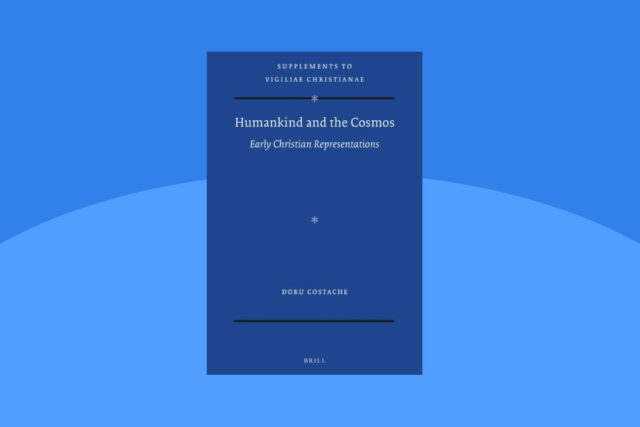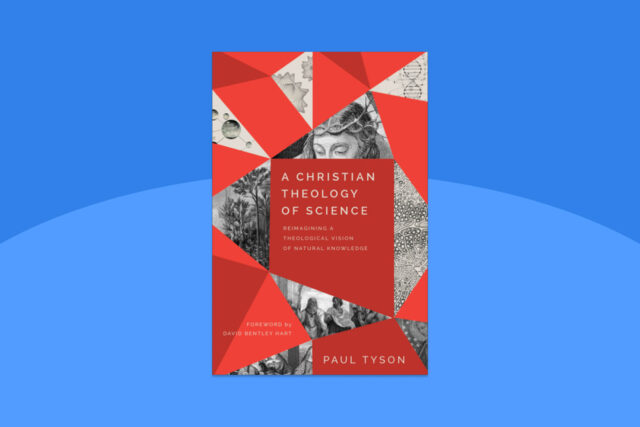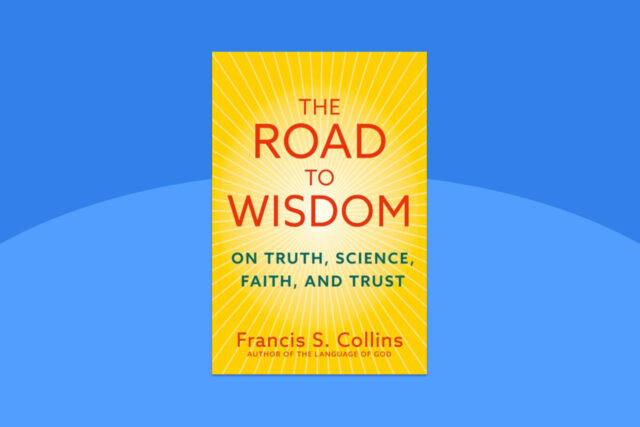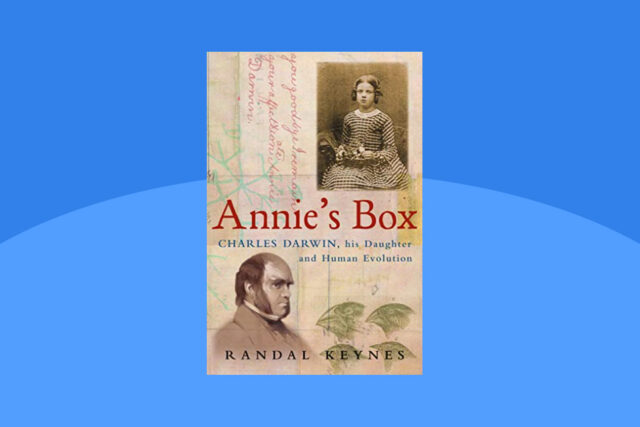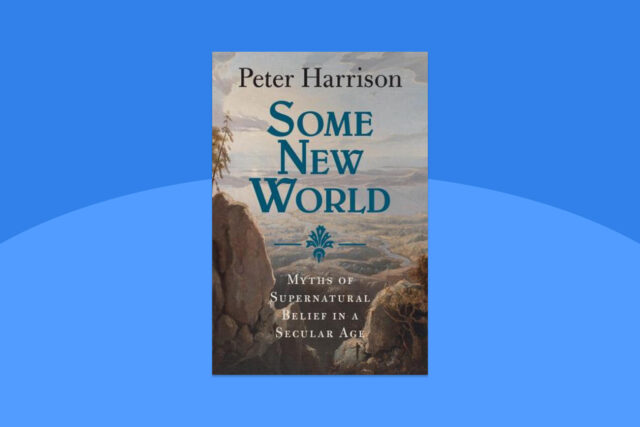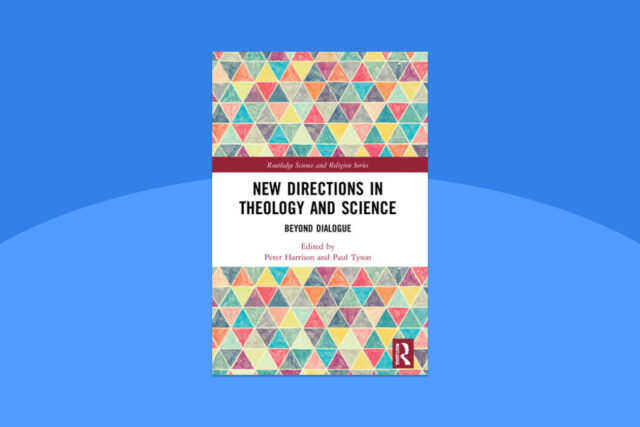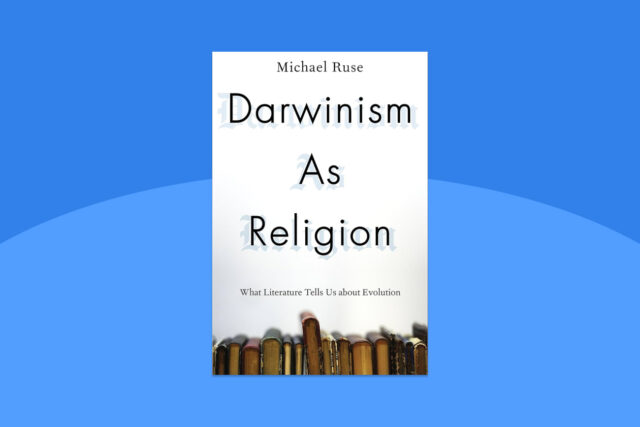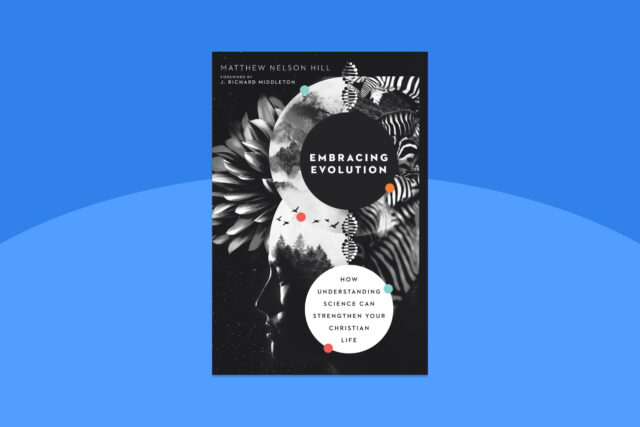
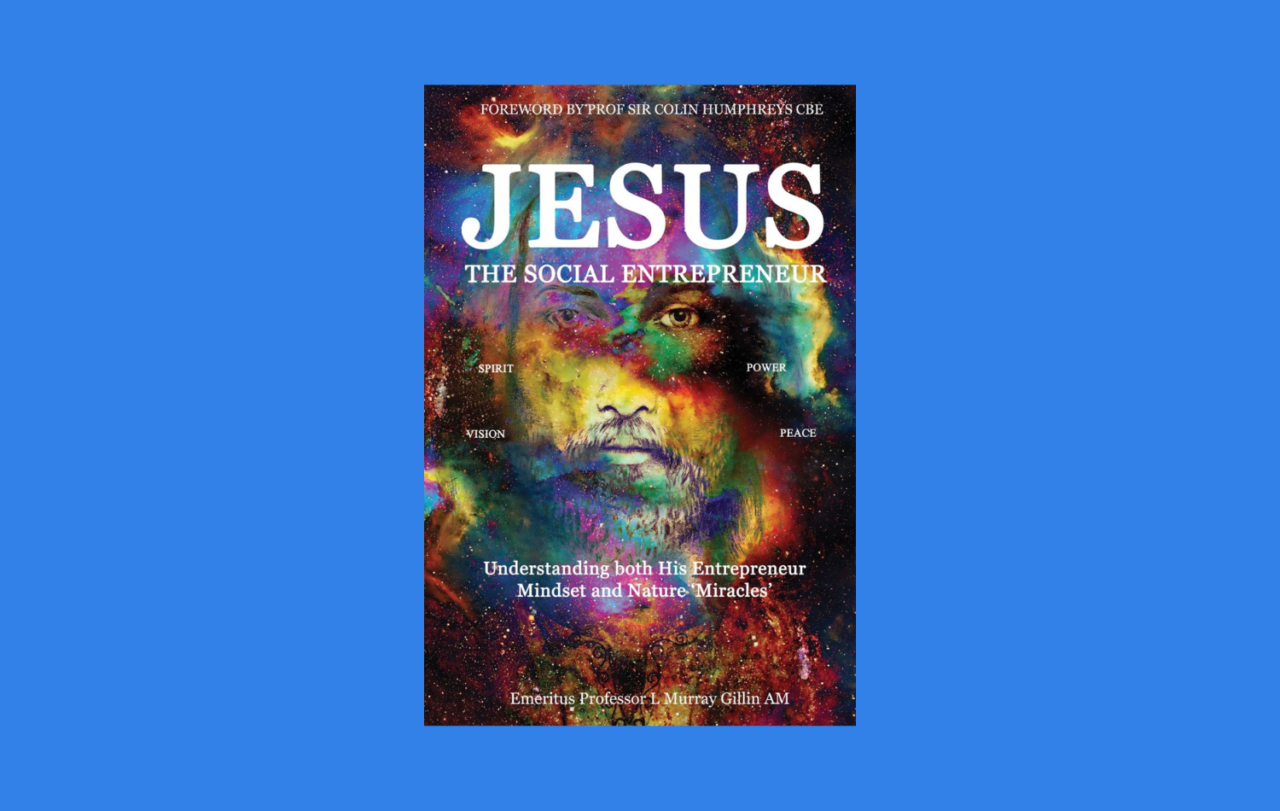
Would Jesus be best described as a social entrepreneur if he lived in modern times? ISCAST Fellow Murray Gillin explores the person of Jesus as a social entrepreneur in his book Jesus the Social Entrepreneur: Understanding Both His Entrepreneur Mindset and Nature Miracles. Read the book review by Robert Brennan, November 2022.
Jesus the Social Entrepreneur: Understanding Both His Entrepreneur Mindset and Nature Miracles
by Prof. L. Murray Gillin AM
Ocean Reeve Publishing: Australia, 2021
ISBN 9781922532572, 400 pages, 1st edition, paperback
AUD$34.95
Murray Gillin is Emeritus Professor of entrepreneurship and innovation at Swinburne University of Technology, Chair of the Tabor Institute, and an ISCAST fellow. He was previously an engineer who specialised in material science and advanced composites in the defence and aerospace industries.
Through his new book—Jesus the Social Entrepreneur—Gillin brings his entrepreneurial expertise to bear on Christology. Well-presented and excellently finished, with extensive references to recently published work, the book breaks into two parts along the lines of the book’s subtitle. The first part describes how Jesus’ mindset could be interpreted as one of a social entrepreneur. Here Gillin uses the growing set of social entrepreneurship assessment tools to examine Jesus’ life and influence. The second part is probably better described as a more speculative way to interpret a range of Jesus’ nature miracles.
The author’s desire to view Jesus in the light of new understandings of social interaction and innovation is in itself innovative. Similarly, a fresh attempt to establish how the spiritual and the physical interact in the miraculous is welcome.
It will be up to the reader to determine if this book attempts to achieve too much in tackling questions within these two large fields of enquiry. Moreover, the book has the burden of introducing fields of study which will be unfamiliar to many readers, such as the entrepreneurship studies and (to quote Gillin) “focused human intention states.” Gillin certainly covers a lot of ground in these pages.
That being said, it is important to note that Gillin writes as a lay theologian and historian. Experts may well be dissatisfied with Gillin’s choice of biblical and theological references and interpretation. A main concern is that the book applies an assumed secular anthropological model to Jesus, rather than describing humanity from a theological perspective defined by Jesus’ life and teaching. This is somewhat inevitable in the book’s use of a principally bottom-up Christology. The author assumes a definition of what humanity is and therefore what Jesus is before examining Jesus. Gillin arrives at an essentially Adoptionist understanding of Christ, reinventing an early nontrinitarian theology.
The author’s desire to view Jesus in the light of new understandings of social interaction and innovation is in itself innovative.
However, this does not detract from the logic of the main chapters of the first part that explore Jesus as an entrepreneur. Gillin applies a range of management and entrepreneur assessment tools to Jesus as a third party. Nevertheless I would have liked more information on the validation of these tools and on their related application.
There are many very long quotes and appendices to the book’s chapters. This is inevitable as many of the ideas, tools, and research Gillin uses are unfamiliar and need to be introduced or elaborated. However, these quotes and appendices are not always clear. For example, Gillin refers to “wicked problems” more than once, yet this term may well be unfamiliar to readers and needs explanation. Although there is a wide and eclectic range of examples used to illustrate points, none are critically examined. This is a potential problem.
The potential strength of Gillin’s case is similarly affected when he uses contested examples and research. For example, he uses the biblical passage of the woman caught in adultery (John 8:2-11) to make a key point about Jesus’ high emotional intelligence. There is no acknowledgement that this passage is contested as a possible late addition to the text as mentioned in every bible’s footnote for the passage. Similar points could be made about his reference to Kirlian photography and cold war era telekinesis research.
I would have liked to have been given peer-reviewed comments on Tiller’s focused human intentionality research as well, because this underpins Gillin’s explanation of Jesus’ nature miracles. Tiller’s notion that experimenters can change the outcome of electrical experiments by thinking about them is not widely accepted and would not be accepted as mainstream science without extensive support.
This book is certainly a highly unique and daring attempt to answer the questions Gillin poses within his two large fields of enquiry. It is certainly a challenging book that requires its readers to think carefully.


